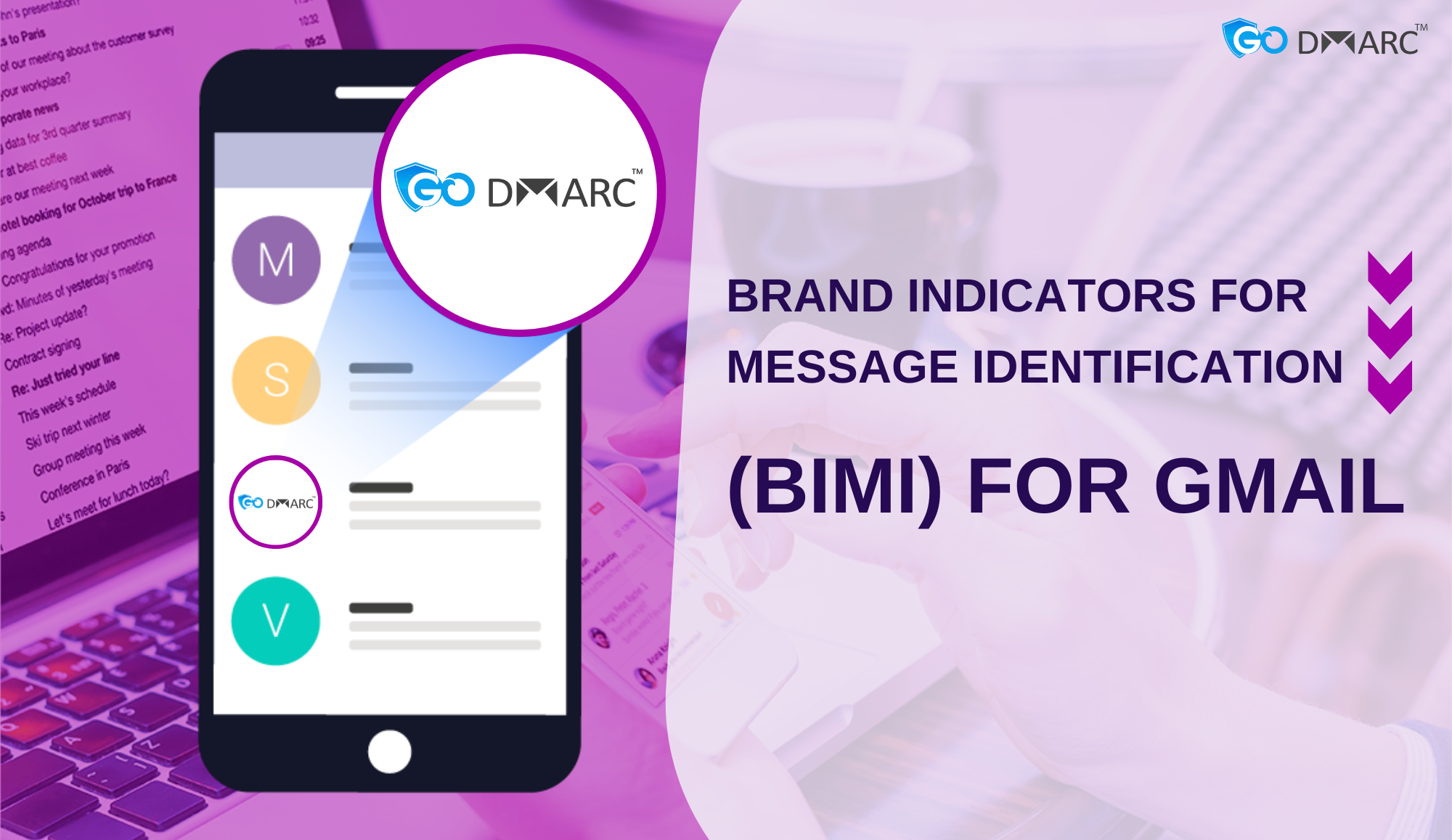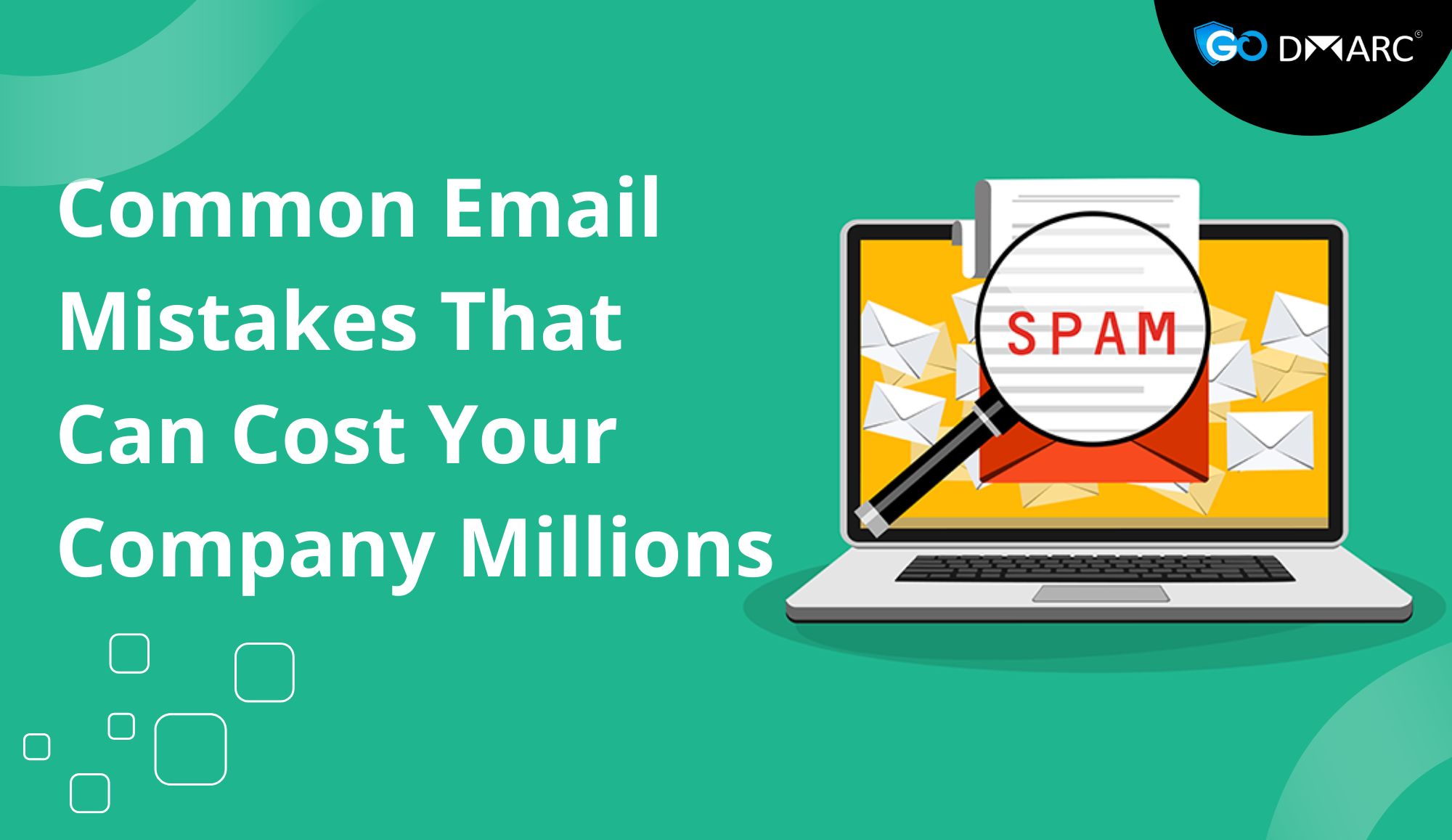A Game Changer in Email Security & Brand Trust
Introduction
Emails have long been a vital communication channel for businesses. However, the increasing threats of phishing, spoofing, and email fraud have made email security a top priority. Google, in its continuous quest to enhance security and improve user trust, introduced Brand Indicators for Message Identification (BIMI) for Gmail.
BIMI not only strengthens email authentication but also enhances brand visibility by displaying verified brand logos next to authenticated emails. But how does BIMI work? Why is it crucial for email security? And how can businesses implement it effectively? Let’s dive in.
Understanding BIMI and Its Role in Email Authentication
What is BIMI?
BIMI is an emerging email authentication standard designed to allow brands to display their official logos alongside authenticated email messages in supported email clients. BIMI works alongside other security protocols like DMARC (Domain-based Message Authentication, Reporting & Conformance) to ensure that only legitimate emails from verified senders reach recipients.
Why Was BIMI Introduced?
The digital landscape is constantly evolving, and so are cyber threats. Phishing attacks, in particular, have become more sophisticated, tricking recipients into believing fraudulent emails are legitimate. BIMI aims to combat such threats by giving organizations a way to verify their emails visually.
By implementing BIMI, businesses achieve:
- Stronger Brand Recognition – A verified logo beside an email reassures recipients of the sender’s authenticity.
- Improved Trust & Engagement – Users are more likely to open and interact with emails from a brand they recognize.
- Enhanced Email Security – BIMI builds on existing authentication mechanisms to prevent impersonation.
How Does BIMI Work?
BIMI works in tandem with SPF (Sender Policy Framework), DKIM (Domain Keys Identified Mail), and DMARC. Here’s a step-by-step breakdown of how it functions:
- Domain Authentication: The sender’s domain must be properly authenticated using SPF, DKIM, and DMARC.
- BIMI Record Implementation: A BIMI TXT record is added to the DNS, specifying the location of the brand’s verified logo.
- Verification Process: Some email providers, including Gmail, require a Verified Mark Certificate (VMC) to ensure that the brand logo belongs to the legitimate business.
- Email Delivery and Display: Once an email passes all authentication checks, the recipient’s email client fetches the logo from the BIMI record and displays it next to the email in the inbox.
Setting Up BIMI for Gmail
Step 1: Ensure DMARC Compliance
Before implementing BIMI, organizations must have DMARC set to enforcement mode (i.e., “p=quarantine” or “p=reject”). Without DMARC, BIMI cannot function.
Step 2: Obtain a Verified Mark Certificate (VMC)
Gmail requires a VMC issued by an authorized certificate authority. This certificate verifies that the logo belongs to the brand and is trademarked.
Step 3: Create and Upload an SVG Logo
The brand logo used for BIMI must be in SVG Tiny PS format, meeting specific design requirements to be eligible for display.
Step 4: Publish a BIMI Record in DNS
A BIMI Record is a TXT DNS entry that includes the URL of the logo and other relevant metadata. Example BIMI TXT record:
v=BIMI1; l=https://brand.com/logo.svg; a=https://brand.com/vmc.pem;Step 5: Test and Monitor the BIMI Record
Once the BIMI record is published, businesses should use a BIMI Record checker to verify the correctness of the implementation and ensure that email clients recognize the logo.
Benefits of Implementing BIMI for Gmail
- Increased Open Rates & Engagement
- Users trust branded emails more, leading to higher open rates and click-through rates.
- Enhanced Security Against Phishing
- With BIMI, cybercriminals find it harder to impersonate brands, reducing phishing attacks.
- Consistent Brand Representation
- Your logo is consistently displayed in Gmail inboxes, reinforcing brand awareness.
- Competitive Advantage
- Many brands are yet to adopt BIMI. Early adopters can gain a competitive edge.
BIMI Record Checker: Ensuring a Flawless Implementation
A BIMI Record checker is a crucial tool for businesses to validate their BIMI setup. These checkers analyze DNS records, logo formatting, and certificate validity to ensure BIMI is properly configured. If an issue arises, the checker provides insights into necessary fixes.
By leveraging a BIMI Record checker, businesses can avoid deployment errors and maximize the effectiveness of their BIMI implementation.
Future of BIMI and Its Growing Adoption
As more email service providers begin supporting BIMI, its adoption is expected to skyrocket. Companies that implement BIMI early will benefit from improved email deliverability, security, and branding.
Will BIMI Become a Standard for All Businesses?
Given its potential to enhance security and brand trust, BIMI is likely to become a best practice for businesses of all sizes. Companies that take proactive steps to implement BIMI will stay ahead in the evolving email security landscape.
Conclusion
BIMI is not just an authentication protocol—it’s a strategic advantage for businesses that rely on email marketing and communication. With Gmail leading the charge in BIMI adoption, organizations that implement it today will enjoy stronger brand recognition, improved email security, and better engagement rates.
To ensure a seamless BIMI deployment, businesses should always verify their setup using a BIMI Record checker and keep track of authentication protocols.
The future of email security is here, and BIMI is leading the way. Are you ready to elevate your brand’s email experience?




